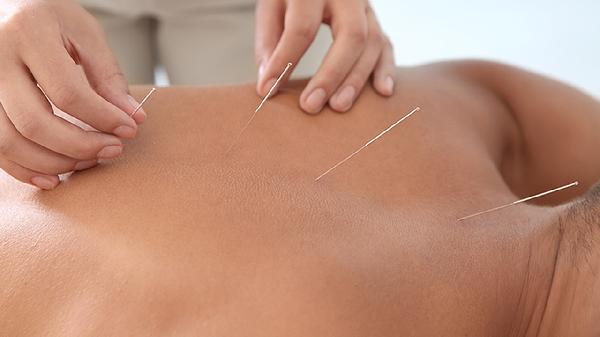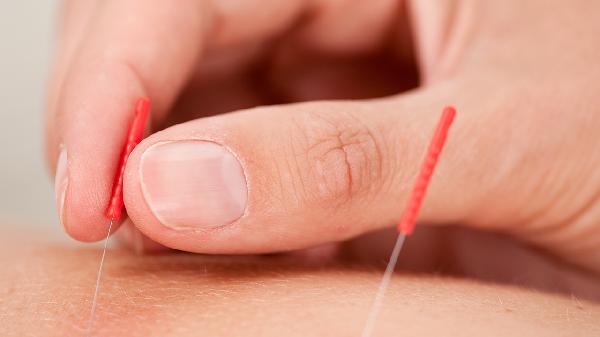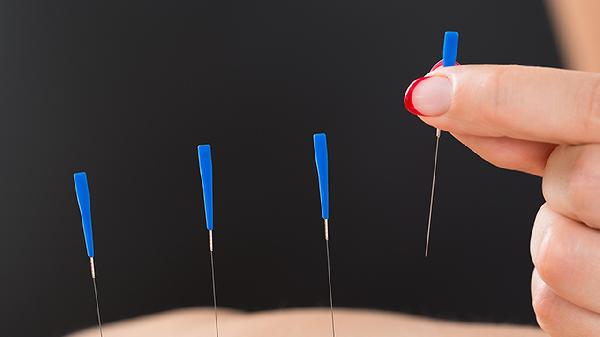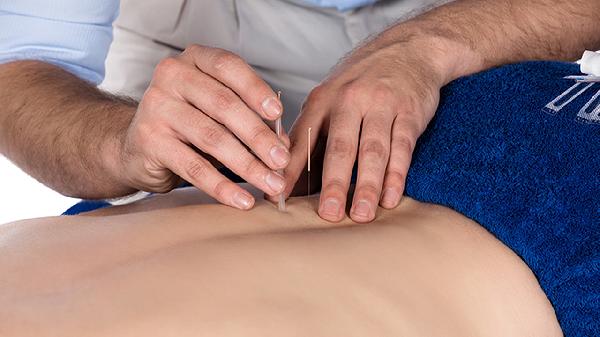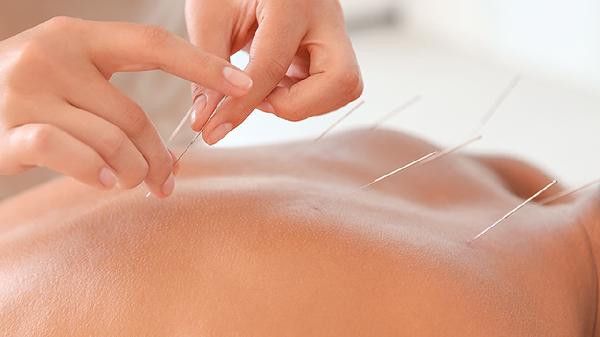Dry needling and acupuncture are both therapeutic techniques that involve inserting thin needles into the body, but they differ significantly in their origins, principles, and applications. Dry needling is rooted in Western medicine and targets myofascial trigger points to relieve muscle pain and dysfunction, while acupuncture is based on Traditional Chinese Medicine (TCM) and aims to balance the body’s energy flow, or Qi, to promote overall health. Understanding these differences can help you choose the right therapy for your needs.
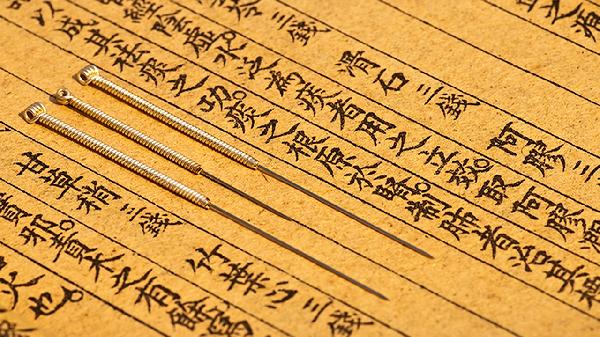
Origins and Philosophies
Dry needling is a modern technique developed from Western medical principles, particularly anatomy and neurophysiology. It focuses on addressing musculoskeletal pain by inserting needles into tight bands of muscle, known as trigger points, to release tension and improve function. Acupuncture, on the other hand, has been practiced for thousands of years in China and is grounded in the concept of Qi, or life energy, which flows through meridians in the body. Acupuncture aims to restore the balance of Qi to treat a wide range of physical, emotional, and mental conditions.
Techniques and Tools
Both therapies use thin, sterile needles, but the insertion techniques and target areas differ. Dry needling involves inserting needles directly into trigger points or tight muscles to elicit a twitch response, which helps relax the muscle and reduce pain. The needles are typically inserted deeper into the muscle tissue. Acupuncture needles are inserted at specific points along the body’s meridians, often at a shallower depth. The placement of these needles is guided by TCM principles and may vary depending on the individual’s condition and symptoms.
Conditions Treated
Dry needling is primarily used to treat musculoskeletal pain and dysfunction, such as chronic pain, muscle spasms, and sports injuries. It is particularly effective for conditions like tension headaches, neck pain, and lower back pain. Acupuncture, while also effective for pain relief, is used to address a broader range of conditions, including digestive issues, anxiety, insomnia, and respiratory disorders. It is often employed as part of a holistic approach to health and wellness.
Training and Certification
Practitioners of dry needling are typically physical therapists, chiropractors, or other healthcare professionals with specialized training in musculoskeletal therapy. Certification requirements vary by region but generally involve coursework and hands-on training. Acupuncturists, on the other hand, undergo extensive training in TCM, including the study of meridians, Qi, and acupuncture techniques. In many countries, acupuncturists must be licensed and adhere to specific educational and professional standards.
What to Expect During a Session
A dry needling session usually begins with an assessment of the patient’s pain and muscle function. The practitioner will identify trigger points and insert needles to release tension. Patients may experience a twitch response or mild discomfort during the procedure, but this is typically followed by relief. An acupuncture session involves a detailed consultation to assess the patient’s overall health and symptoms. The acupuncturist will then insert needles at specific points, often leaving them in place for 15 to 30 minutes. Many patients report feeling relaxed or energized after treatment.
Safety and Side Effects
Both therapies are generally safe when performed by trained professionals. Common side effects of dry needling include temporary soreness, bruising, or mild bleeding at the needle site. Acupuncture may cause similar side effects, though it is often associated with a sense of relaxation or well-being. Rare complications, such as infection or nerve damage, can occur with improper technique, so it’s essential to seek treatment from a qualified practitioner.
Choosing the Right Therapy
The choice between dry needling and acupuncture depends on your specific needs and preferences. If you’re dealing with muscle pain or tension, dry needling may provide targeted relief. If you’re seeking a holistic approach to address a broader range of health issues, acupuncture could be the better option. Consulting with a healthcare professional can help you make an informed decision.
Conclusion
Both dry needling and acupuncture offer unique benefits and can be valuable tools for managing pain and improving health. By understanding their differences, you can choose the therapy that aligns with your goals and needs. Always seek treatment from a qualified practitioner to ensure safety and effectiveness. Whether you’re looking to relieve muscle tension or restore balance to your body, these therapies can provide meaningful support on your journey to wellness.

